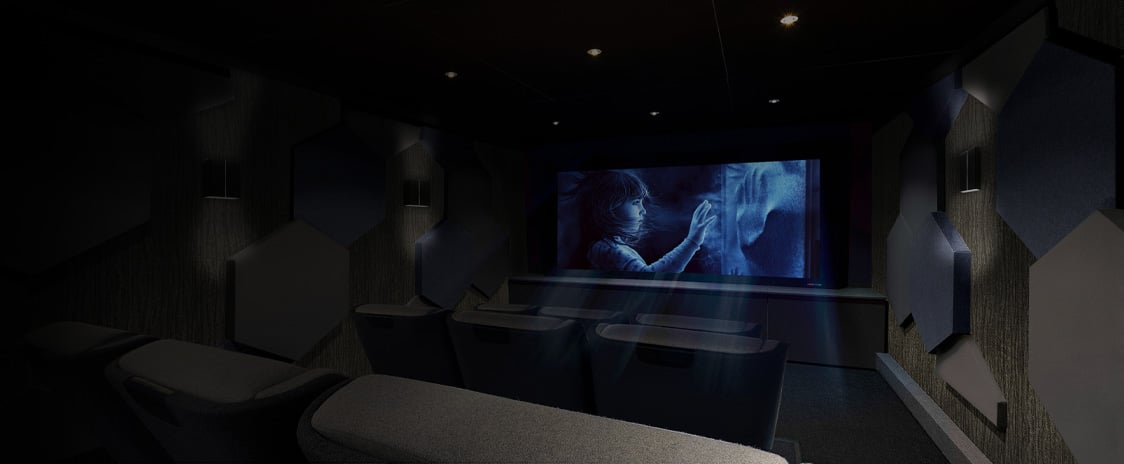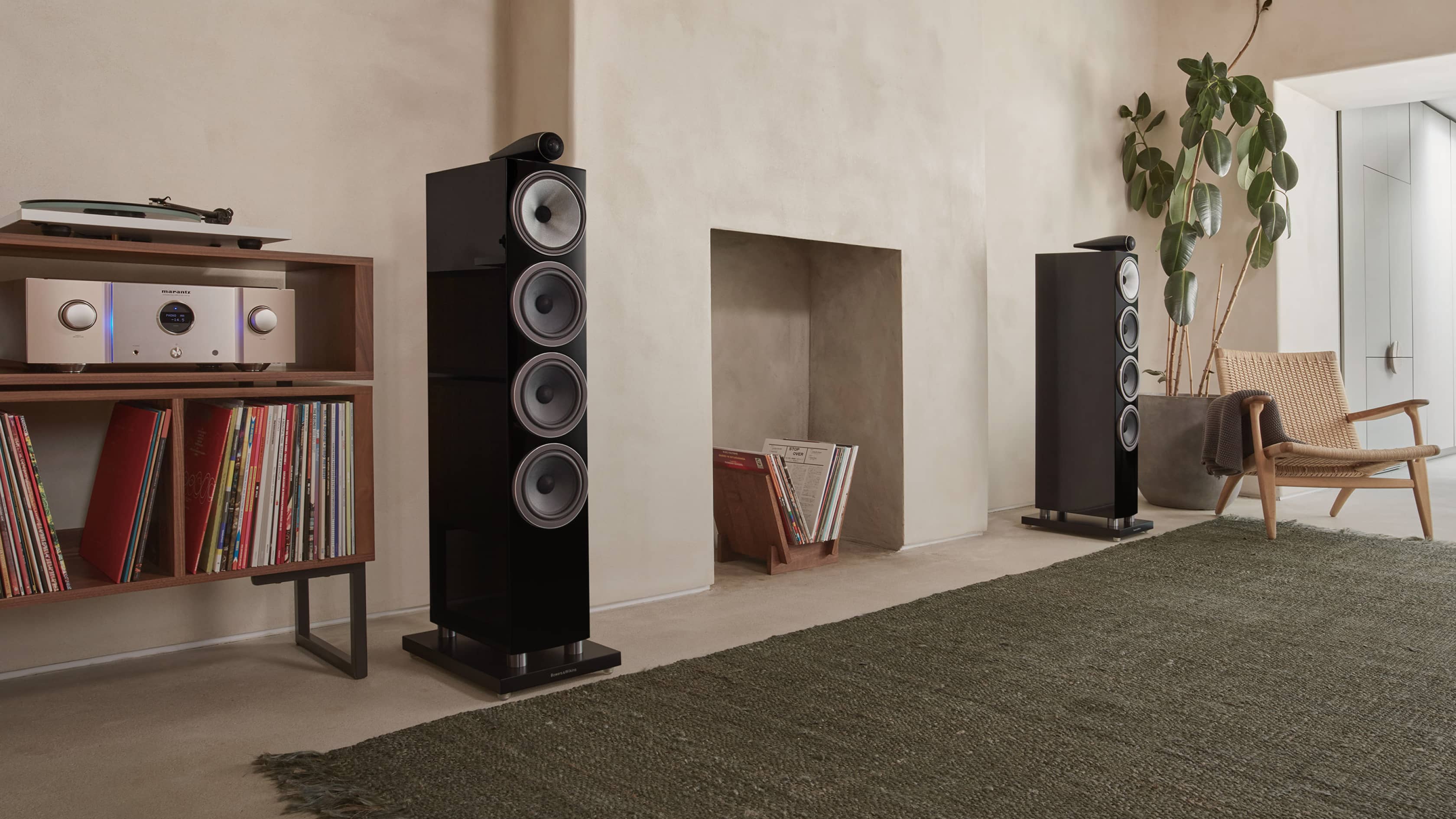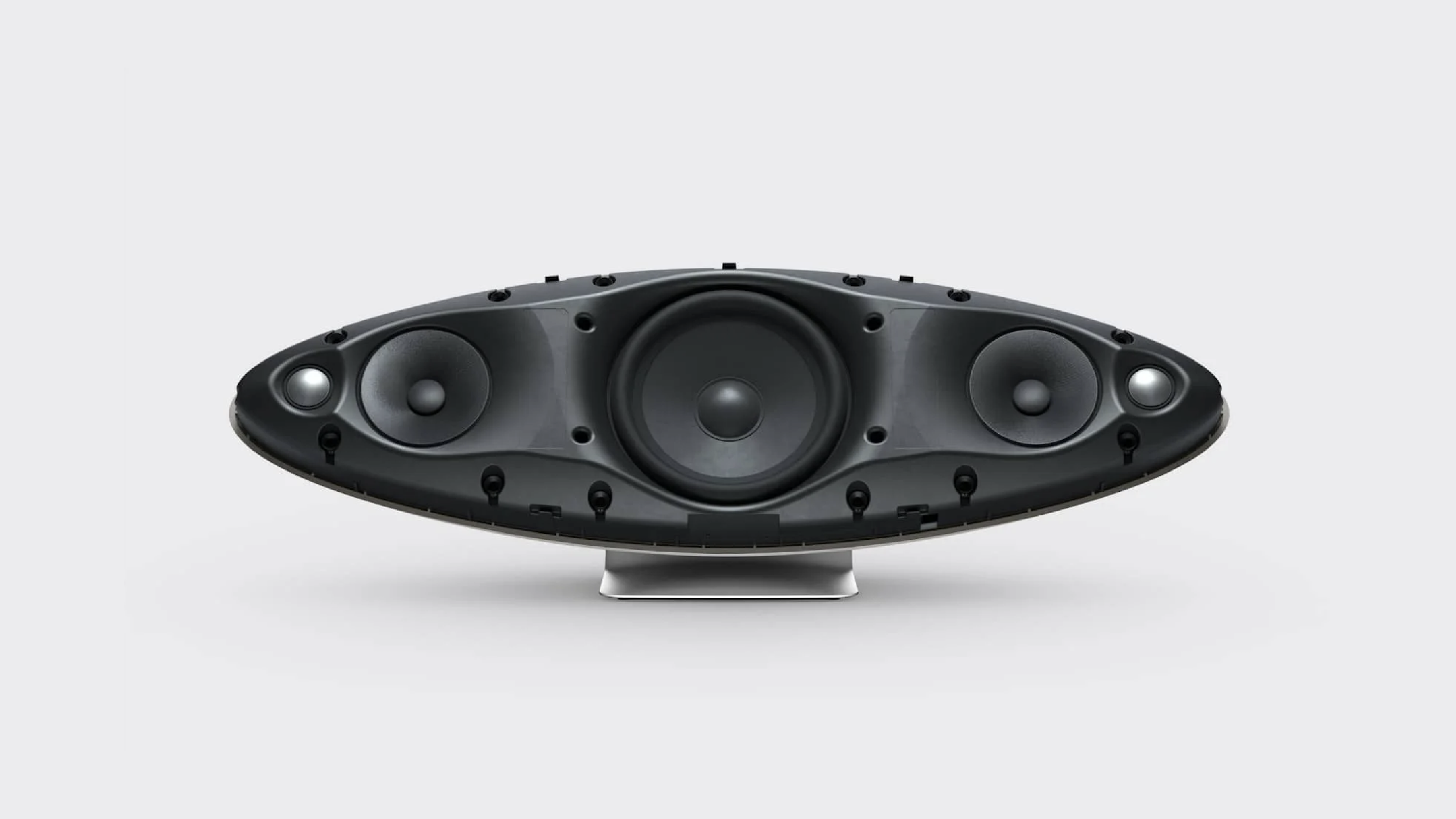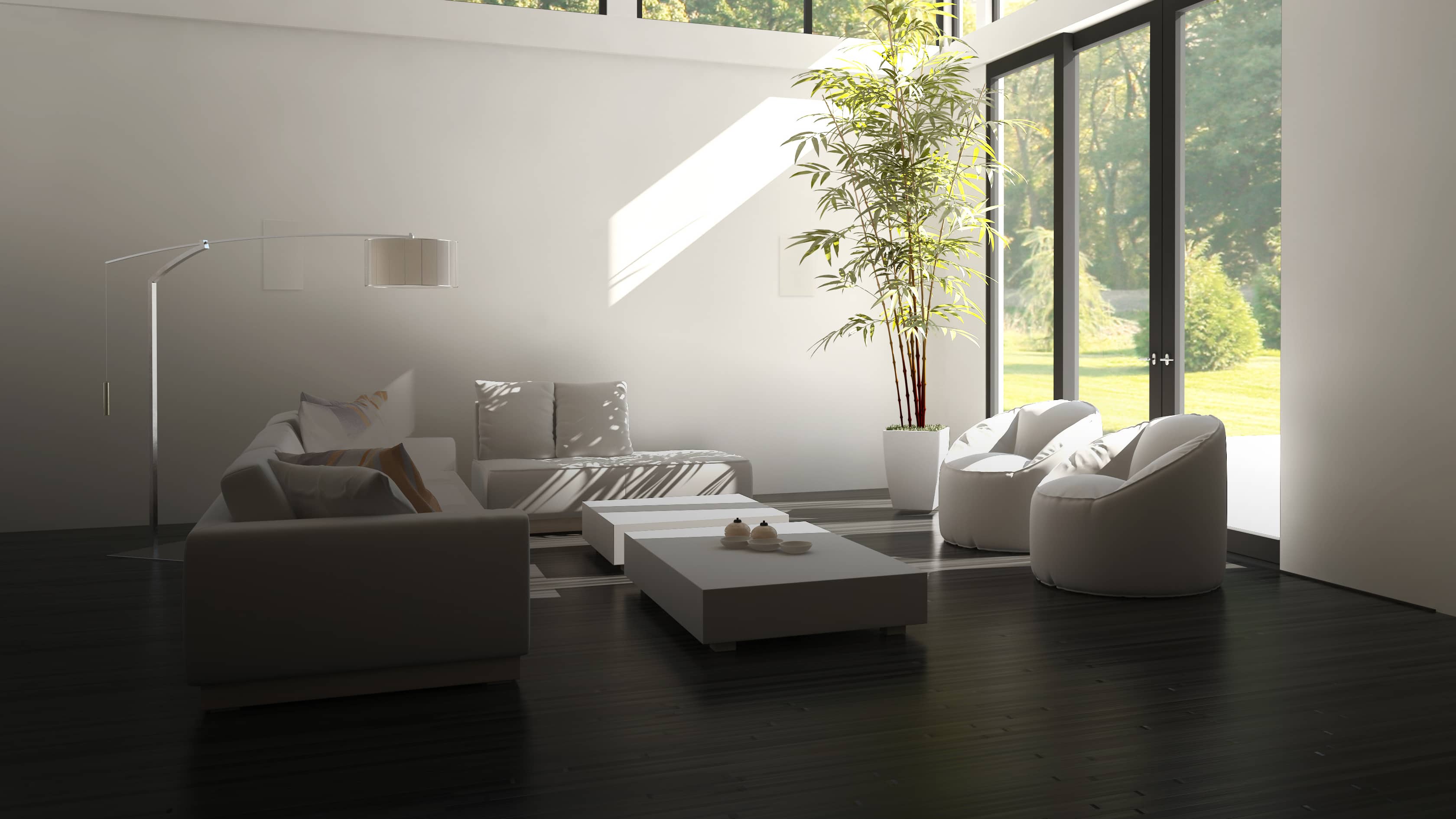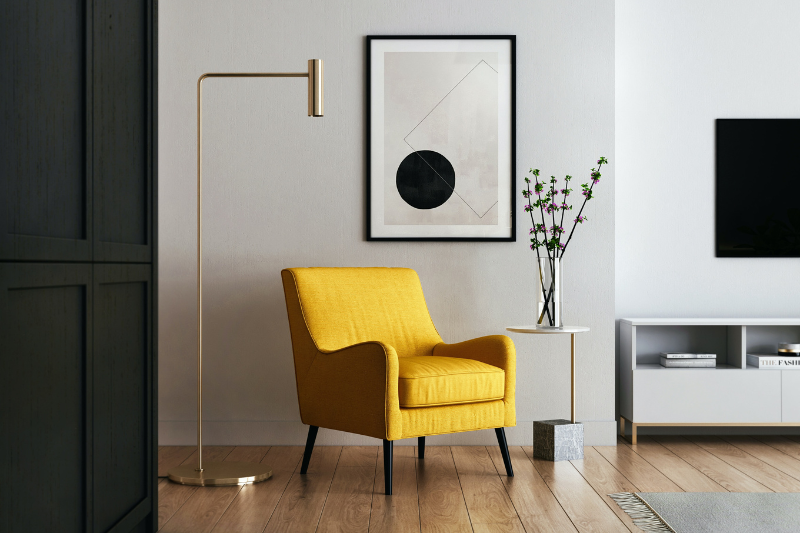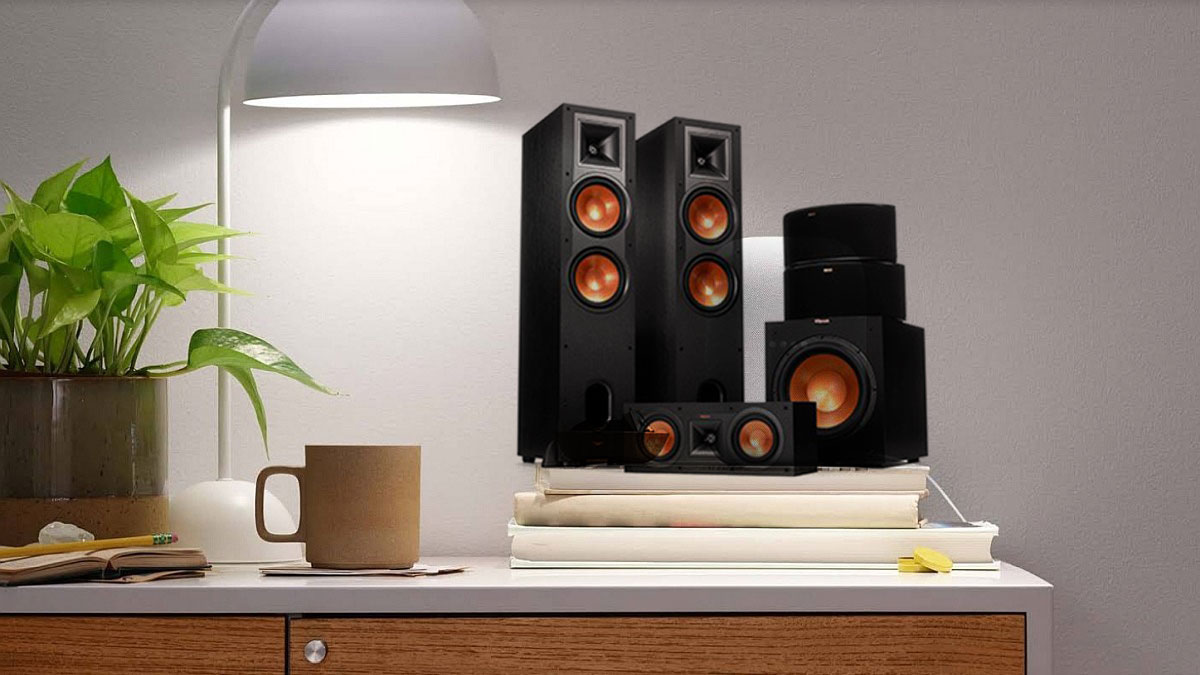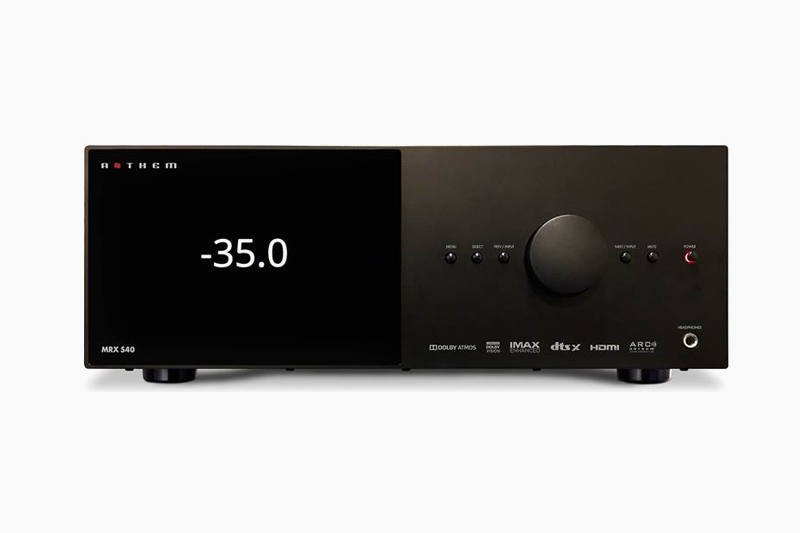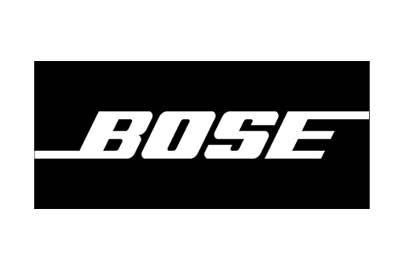No.1 Home Cinema Design & HiFi Audio Video Store India
Home Theater Design and Installation
If you're on the hunt for the ultimate home theatre experience in India, look no further than Urbandac. Our top-of-the-line home theatre systems will transform the way you enjoy movies at your own home.
Buy Amplifier, Speakers, Projectors
Looking for sales or service of high-end audio and visual equipment? Check out our offerings for amplifiers, AV receivers, CD players, projectors, turntables, and speakers.
Learn MoreHome Automation
Effortlessly manage lighting, security and much more with our hassle free home automation services.
Learn MoreOne Stop Solution
Our impressive portfolio showcases our expertise in home theater design, installation, and home automation.
As a trusted authority in the industry, we specialize in sales and service of high-end audio and visual equipment, including amplifiers, AV receivers, CD players, projectors, turntables, and speakers.
We proudly carry top brands such as Marantz, Denon, Bose, Klipsch, Cambridge Audio, Wharfedale, Paradigm, and many more.
Our Services
Latest
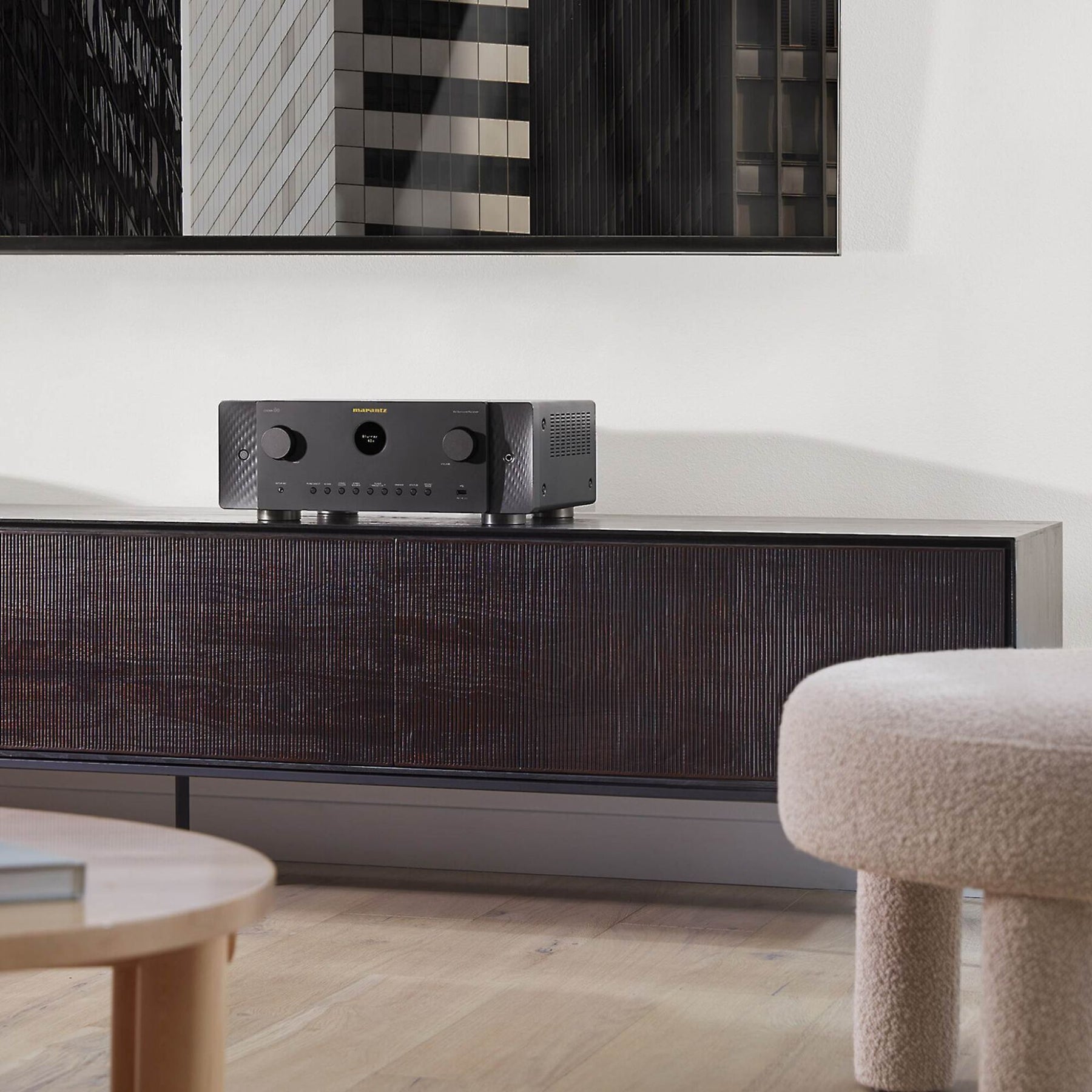
Hi-End AV Receiver Home Theater Repair Service India
Expert hi-end AV Receiver Home Theater repair services in India. Trusted for luxury brands. Pan-India service, genuine parts, and skilled technicians.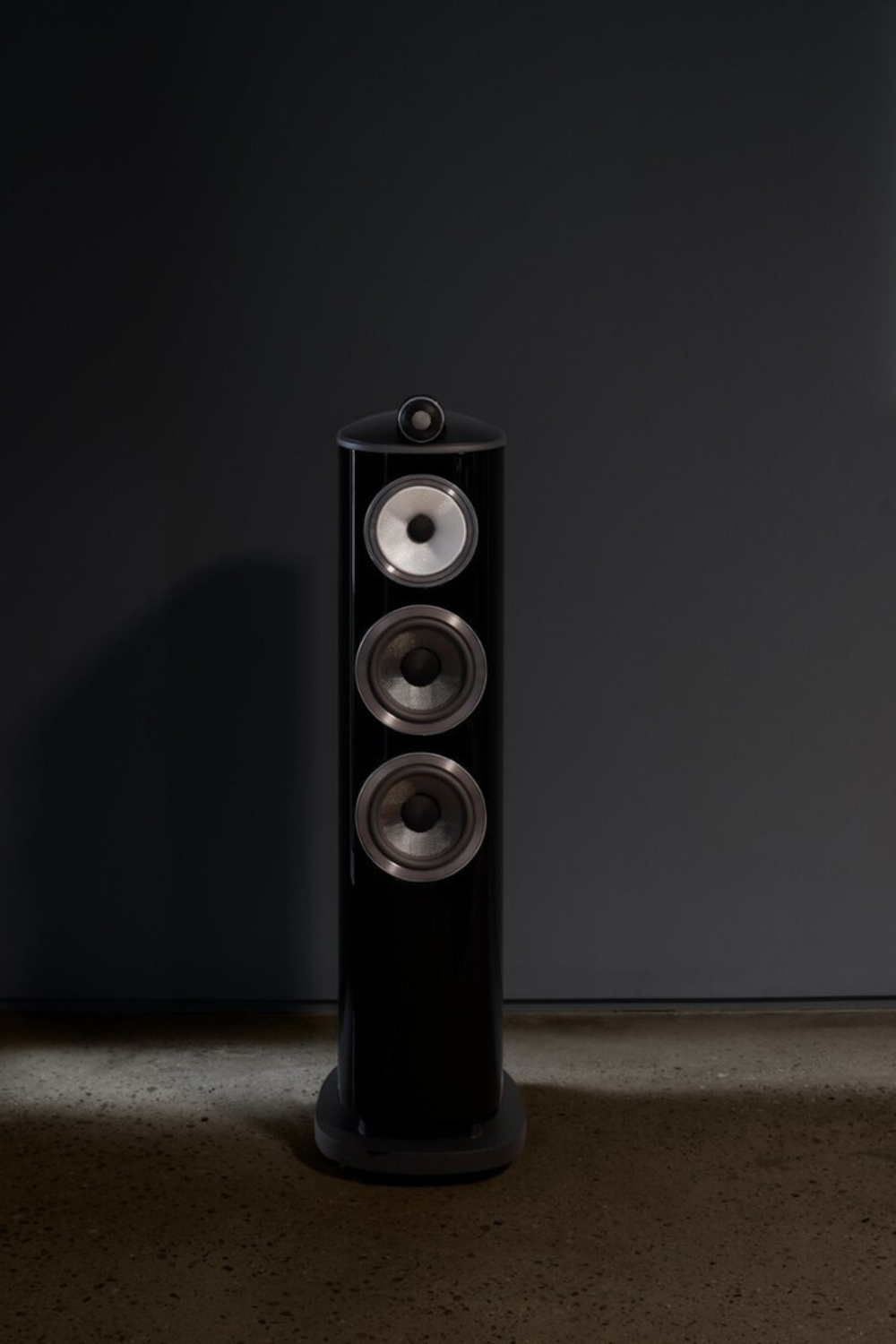
Hi-End Audio Speaker Repair Service India
Expert hi-end audio speaker repair services in India. Trusted for luxury brands. Pan-India service, genuine parts, and skilled technicians.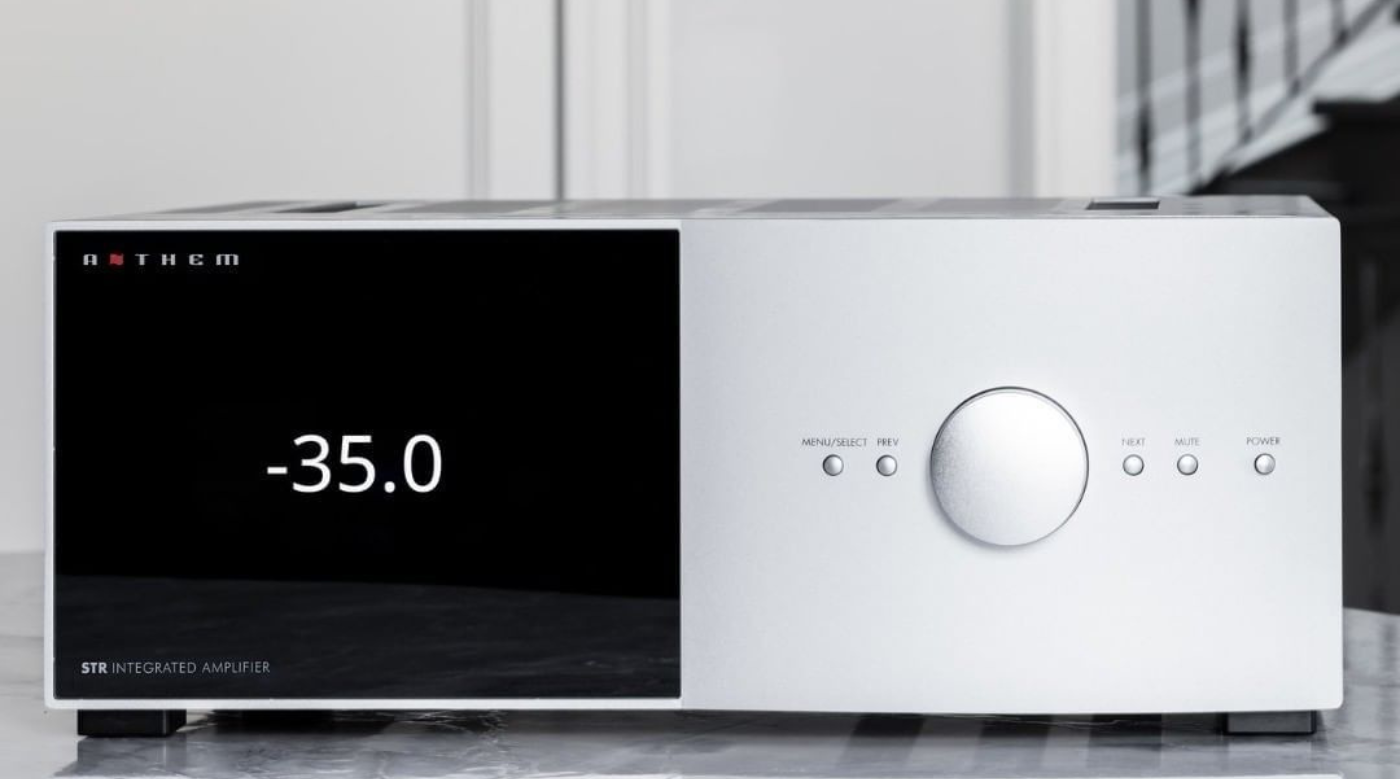
Hi-End Audio Amplifier Repair Service India
Expert hi-end audio amplifier repair services in India. Trusted for luxury brands. Pan-India service, genuine parts, and skilled technicians.
Best Nail Salon in Gurgaon
Discover the best nail salon in Gurgaon with our curated list of top-rated spots for manicures, nail art, and extensions. Find premium nail services.Brands We Cater
About Us
Since 1998, Urbandac has been a trusted name in hi-end audio services. With 25 years of industry experience, partnerships with 50+ hi-end brands, and a satisfied client base of 12,000+ across India, we're committed to excellence. Our services include repair, sales, and exchange of a wide range of products like Marantz, Denon, Bose, and more. We also install home theater systems, AVRs, speakers, and other essentials. On top of that, we specialize in home theater design, stereo setup, automation, acoustics, and AV consultancy. A complete range of hi-end audiovisual services under one roof
Services Links
Useful Links
Our Contacts
1324, 1st Floor Sector 46 Gurgaon
Gurugram 122003
+91 9313235774, +91 9910005128, +91-1243618106
hi@urbandac.in, parasher.s95@gmail.com
